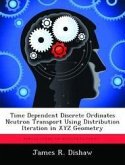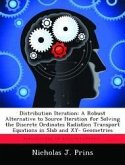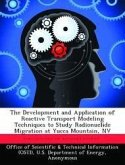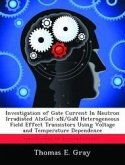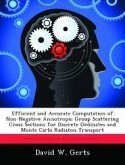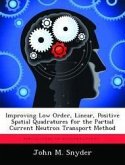A three-dimensional neutron transport based, heterogeneous reactor code (3D-TRAN) was developed to model simple uniform isotropic sources and isotropic fission sources. The code was developed using level symmetric angular quadrature sets and three spatial quadratures: the Diamond Difference (DD), Step, and Linear Characteristic (LC) methods. Each method was analyzed and compared for accuracy, rate of convergence, and stability. The LC method was found to be the most accurate method with a broader range of stability through heterogeneous absorbing regions than the DD method. The Step method always remains positive and stable, but converges very slowly to a specified answer in the limit as the mesh is refined.


